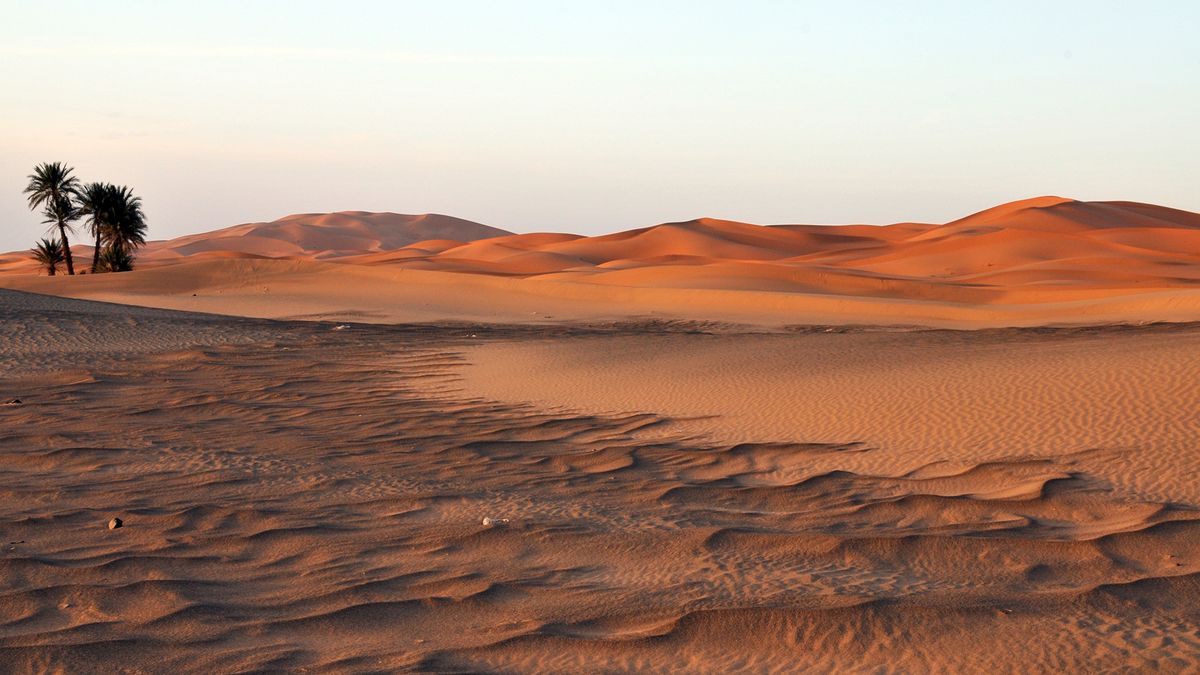Exploring Desert Ecosystems: Adaptable Life in Extreme Environments
In the vast expanse of the world's deserts, life exists and thrives against the odds. These seemingly barren landscapes are teeming with various fascinating organisms, each uniquely adapted to survive the harsh conditions. Welcome to the captivating world of exploring desert ecosystems, where life perseveres in one of the most extreme environments on Earth.
Defining Desert Ecosystems
Deserts are often characterized by their arid climate, limited vegetation, and extreme temperatures. But within these seemingly inhospitable environments lies a complex web of life, finely tuned to survival challenges. Desert ecosystems encompass a diverse range of habitats, from sandy dunes to rocky outcrops, where organisms have evolved ingenious strategies to thrive.
Key Aspects of Desert Adaptations
Adaptation is the key to survival in the desert, and the organisms that call these environments home have evolved remarkable traits to cope with the challenges they face. Take, for example, the iconic saguaro cactus of the Sonoran Desert. With its ability to store water in its accordion-like pleats, this towering giant can survive months of drought.
But it's not just plants that have mastered the art of desert survival. From the elusive Fennec fox, with its oversized ears for dissipating heat, to the sidewinder rattlesnake, which moves in a distinctive sidewinding motion to minimize contact with the scorching sand, desert animals have developed a myriad of adaptations to thrive in their harsh surroundings.
Relevance of Desert Ecosystems
Exploring desert ecosystems isn't just about marvelling at the resilience of life in extreme environments—it's also crucial for understanding broader ecological processes and addressing pressing environmental challenges. Deserts play a vital role in regulating global climate patterns, acting as carbon sinks and helping to maintain the Earth's delicate balance.
Furthermore, desert ecosystems are home to unique biodiversity hotspots, harbouring species found nowhere else on the planet. Preserving these fragile habitats is essential not only for the survival of desert species but also for safeguarding the genetic diversity that underpins all life on Earth.
Insights from the Field
Venturing into the heart of a desert ecosystem offers a firsthand glimpse into the intricacies of desert life. I still remember my own expedition into the Sahara, where the vast emptiness of the dunes belied the richness of life hidden beneath the surface. As I watched a caravan of camels traverse the sandy expanse, I couldn't help but marvel at the resilience of these desert dwellers.
One of the most memorable encounters was with a desert-adapted plant known as the resurrection fern. Despite appearing shrivelled and lifeless during periods of drought, this remarkable fern can spring back to life within hours of receiving water—a true testament to nature's ability to endure against all odds.
Examples of Desert Adaptations
From the spiny succulents of the Mojave Desert to the sleek sand gazelles of the Arabian Peninsula, desert organisms have evolved a stunning array of adaptations to survive in their harsh environments. Some, like the kangaroo rat, have developed specialized kidneys that allow them to extract water from their food, while others, like the Saharan silver ant, have reflective hairs that help to deflect the sun's intense rays.
But perhaps the most remarkable adaptation of all is the ability to enter a state of dormancy during times of extreme drought. Desert organisms can slow down their metabolic processes to conserve energy until conditions improve—a strategy that has allowed them to persist in some of the harshest environments on Earth for millions of years.
Conclusion
Exploring desert ecosystems offers a glimpse into a world of unparalleled resilience and adaptability. From the towering cacti of the American Southwest to the shifting sands of the Sahara, these environments are a testament to the ingenuity of life in the face of adversity. By understanding the intricacies of desert ecosystems, we gain valuable insights into the broader workings of the natural world and the importance of preserving these fragile habitats for generations to come.
So, the next time you find yourself gazing out over a seemingly endless sea of sand, take a moment to appreciate the remarkable life that thrives in the desert—the ultimate testament to the power of adaptation in the face of adversity.






Comments
Post a Comment